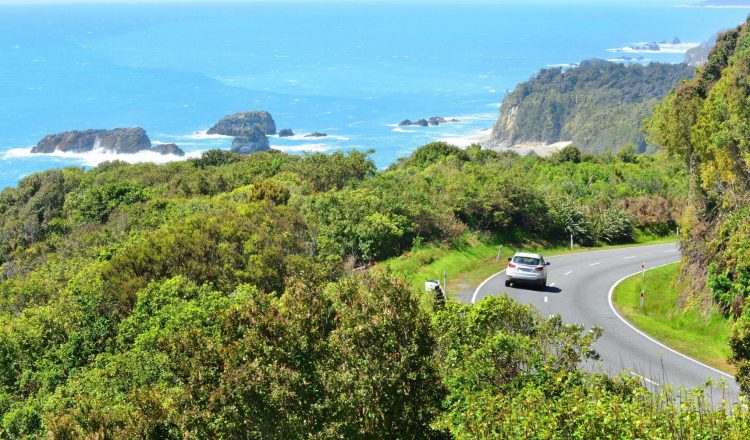速度
如今,新西兰最大的道路安全问题是速度 —— 驾驶员在条件下行驶太快。
速度会影响所有崩溃。这可能是造成它们的一个因素,它对坠毁中造成的损害有直接影响。从坠机事故的统计数据中可以清楚地看出,许多人低估了变化的条件,如潮湿的天气如何增加道路风险。
在限速范围内安全驾驶
许多司机不知道他们可能以限速行驶,但仍然不安全地驾驶。速度限制是您可以在完美条件下在道路上行驶的最高法定速度。但是,道路条件很少是完美的。作为一名安全的驾驶员,您必须注意交通、道路和天气状况的变化,并相应地降低车速。
根据条件调整速度
您可能需要降低速度的交通状况包括:
- 路上的交通量大
- 行人、慢跑者和骑自行车者
- 旅途中有很多游客的假期
- 停车。
道路状况
您应该降低速度的道路状况包括:
- 路上颠簸或狭窄的区域
- 湿、冰或砾石的路面
- 标志警告危险,例如尖锐的曲线或表面滑滑。
天气状况
您应该降低速度的天气状况包括:
- 雨、雪和冰
- 风
- 雾
- 明亮的阳光。
速度如何影响道路安全?
驾驶速度越快,崩溃的可能性就越大。随着速度的提高:
- 停止所需的距离增加
- 如果遇到道路状况的意外变化,你走得太快的可能性更大
- 其他道路使用者更有可能误判你的旅行速度。
坠毁造成的伤害的严重程度与车辆的撞击速度直接相关,无论超速是否是坠毁的因素。
超速车辆坠毁时会发生什么?
当车辆坠毁时,速度会迅速变化。但是,乘客一直以前的速度移动,直到他们停下来 —— 要么击中物体,或者被安全带或安全气囊限制。
人体的设计不是以速度向物体投掷的,速度越快,伤害就越严重。
行人面临的风险
如果行人被车辆击中,他们受伤的严重程度与撞击速度有关。随着撞击速度的提高,行人的死亡概率会增加,在 30 公里/小时至 40 公里/小时之间大约翻了一番,从 40 公里/小时增加到 50 公里/小时。弱势行人(例如老年人和幼儿)的风险更高。
关于高速相机的一些事实
使用高速相机时,崩溃次数将大幅减少。对 1993 年新西兰引入高速相机后 20 个月的碰撞数据进行的研究发现,城市高速摄像机现场的致命和严重坠毁减少了 23%,农村高速摄像机场所的致命和严重崩溃减少了 11%。
国际经验表明,高速相机是一种高性价比的速度管理工具。这意味着他们因为安装和操作它们的代价而拯救了很多生命。
高速摄像机位于有很多与速度相关的崩溃的道路上。警方在决定在哪里定位高速摄像机时,会与议会、新西兰运输局和当地机管局进行协商。

















































